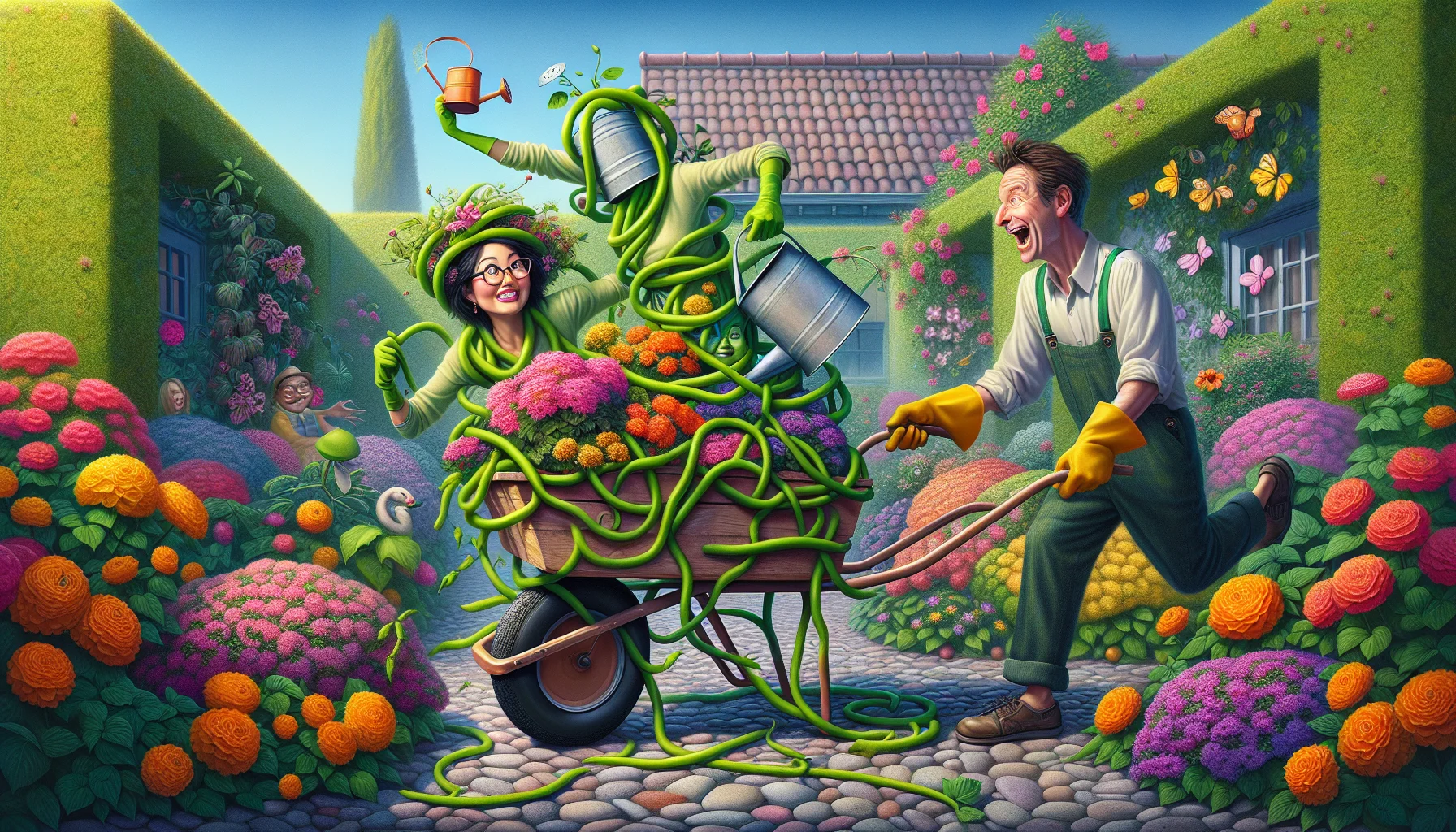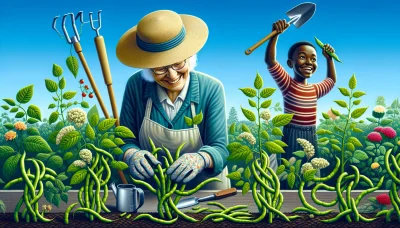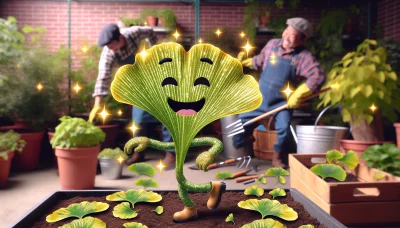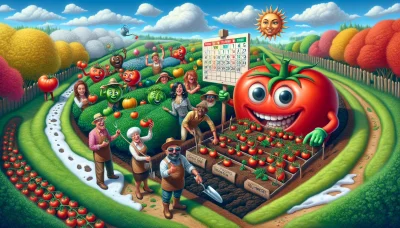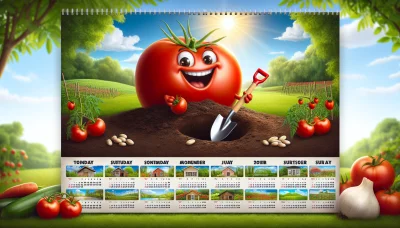The Artistic Gardener Quiz
Test Your Knowledge
Question of
The Artistic Gardener: Unleashing Creativity in Your Garden
Gardening is not just about planting flowers and maintaining lawns; it's an opportunity to express your creativity and artistic vision. By blending art with the natural beauty of plants, you can transform your garden into a unique and expressive space. This approach encourages you to think beyond traditional gardening practices and explore innovative ways to incorporate art, design, and personal expression into your outdoor sanctuary.
The Essentials of Artistic Gardening
- Color Theory
- Garden Layout
- Choice of Plants
- Decorative Features
Innovative Garden Design Ideas
Transforming your garden into a unique and captivating space requires creativity and a willingness to explore innovative design ideas. Today's gardeners are pushing the boundaries of traditional gardening by incorporating elements that reflect their personal style, interests, and the functionality of their outdoor spaces. From integrating sustainable practices to creating immersive thematic experiences, the possibilities are endless. By thinking outside the box and experimenting with different concepts, you can turn your garden into a remarkable retreat that not only enhances your home's aesthetic appeal but also serves as a sanctuary for relaxation and inspiration.
- Themed Gardens - Create a cohesive space that tells a story or reflects a specific interest, such as a Japanese Zen garden, a fairy tale-inspired enchanted garden, or a culinary herb garden.
- Sculpture Gardens - Incorporate art into your garden by displaying sculptures that complement the natural beauty of the space. This can range from classic statues to modern art installations.
- Vertical Gardens - Ideal for small spaces, vertical gardens use walls, trellises, or tiered planters to grow plants upwards, adding a dynamic element to your garden design.
Choosing the Right Plants for Your Artistic Garden
| Plant Name | Color | Seasonality | Maintenance Level |
|---|---|---|---|
| Rose | Varies (Red, White, Pink, Yellow) | Spring - Fall | Medium |
| Lavender | Purple | Summer | Low |
| Sunflower | Yellow | Summer | Low |
| Cherry Blossom | Pink | Spring | High |
| Tulip | Varies (Red, Yellow, Pink, White) | Spring | Medium |
| Orchid | Varies (White, Pink, Purple) | Year-Round (Indoors) | High |
| Daffodil | Yellow | Spring | Low |
| Hydrangea | Varies (Blue, Pink, White, Purple) | Summer - Fall | Medium |
Incorporating Art and Sculptures into Your Garden
Integrating art pieces and sculptures into garden designs is a unique way to add a personal touch and artistic flair to your outdoor spaces. By carefully selecting and thoughtfully placing these items, you can create an environment that not only reflects your personal style but also enhances the natural beauty of your garden. Art and sculptures can serve as focal points, add interest to hidden corners, or provide surprises for visitors to discover. They can also introduce texture, color, and form into the garden, creating a dynamic space that engages the senses year-round.
When selecting art for your garden, consider the materials and scale of the pieces in relation to the surrounding plants and landscape. Durable materials such as metal, stone, or weather-resistant composites ensure longevity outdoors. Think about how the pieces will interact with the changing seasons and choose items that will complement the garden's evolving beauty. Placement is also key; consider sight lines from inside the house and various points in the garden. Try positioning sculptures at the end of a path, beside a water feature, or nestled among plants to create a sense of discovery. Remember, the goal is to harmonize with nature, not to overwhelm it. With thoughtful selection and placement, art and sculptures can transform your garden into a personalized outdoor gallery that delights and inspires.
Maintaining Your Artistic Garden
Maintaining the beauty and health of an artistic garden requires attention to detail and an understanding of the needs of your plants and the design of your garden. Regular upkeep is essential; this includes tasks such as weeding, pruning, and watering, which should be done as needed to keep your garden looking its best. Be mindful of the seasonal changes that affect your garden; for example, prepare your plants for the colder months by adding mulch and ensure they have the support they need to thrive during the warmer seasons. Additionally, consider the aesthetic arrangement of your garden throughout the year. Introduce seasonal plants that will add color and texture, keeping your garden vibrant and engaging no matter the season. Remember, a well-maintained garden is a reflection of the care and creativity invested in it, so take the time to plan and tend to your garden, and it will surely reward you with its beauty and serenity throughout the year.
